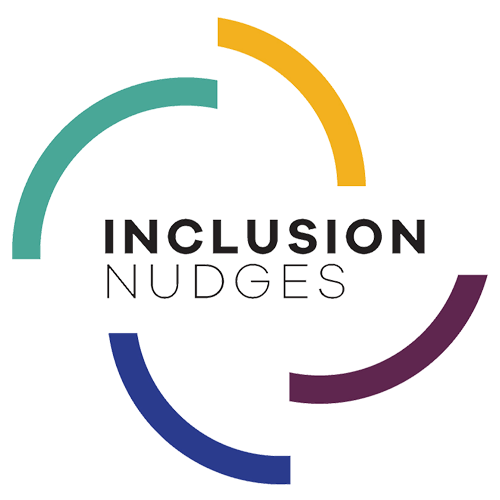Setting targets to reduce homogeneity instead of focusing on women, minorities, and diversity can significantly reframe perceptions and increase support for change.
The way most organisations set targets for diversity poses a challenge and can become an unintended barrier to achieve diversity. It’s because we tend to focus on minorities and gender equality.
Often, the connotations of targets, such as 30% women in leadership, triggers associations of a ‘nice to have’ and unconscious perception that diversity is a ‘women’s issue’. This results in a view that the solution must be to’ fix the women’. Such diversity targets can also result in resistance because of the misconception that women are to be hired or promoted because they are women and not because they are competent.
We need to change these misperceptions and create an understanding that diverse and gender-balanced teams are a resource and that the purpose is to hire and promote the best qualified. This can be done without mentioning ‘diversity’, ‘gender’, and ‘women’, while still achieving more diversity and gender balance.
Here is an example of how to do that:

NOTE: Make sure you customise the target based on your internal data about your pipeline.
How it worked
Research shows that when a team has a critical mass of 30% of women (and other people from underrepresented groups), then the performance of the team increases. But let’s flip that. It’s also when there is a maximum of 70% of the same as gender, the same generation, and the same nationality, and the same educational/professional background that the team’s performance improves. The profit margin is on average 3.7% higher in max 70% homogeneity teams versus more homogeneous teams.
This was the target that Tinna implemented when she was working internally as Global Head of Inclusion, Diversity & Collaboration in Arla Foods in 2010-2015.
By changing the targets from a focus on women and ethnic minorities to a target for high-performance teams by reducing the homogeneity of demographic factors in teams, the perception among leaders about inclusion and diversity changed significantly. The conversation changed to be predominantly focused on the resources and performance that could be achieved this way.
This discussion change was driven by the leaders. They expressed their explicit support for such target setting because it resonated with performance and innovation. One leader created a spreadsheet tool on his own to measure the composition of his current team and measure how big a percentage was the majority gender and the majority ethnicity (this way he could avoid the local data reporting issue of not being able to measure on specific ethnicity, but could still measure it this way). This tool spread to other leaders and hiring managers. They used this to make a fact-based and informed selection in hiring situations.
Leaders in Arla Foods use the target as a guiding principle in recruitment, restructuring of teams, staffing project teams, and composing work groups. And none of the leaders were being held accountable or forced to reach this goal. Instead, they worked on achieving it because it made sense for them, and that’s why the reframing worked so successfully. They reported positive group dynamics and better performance in the diverse teams.
This design has since been used by many other organisations and team leaders.
It’s a really powerful way to motivate and engage all people in achieving better balance, more diversity, and high-performance teams by using data and setting targets.
If you want to learn more about the How-To steps and research behind this Inclusion Nudge called Maximum 70% Homogeneity Team Composition & Target, read in The Inclusion Nudges Guidebook or the action guide Inclusion Nudges for Talent Selection.







